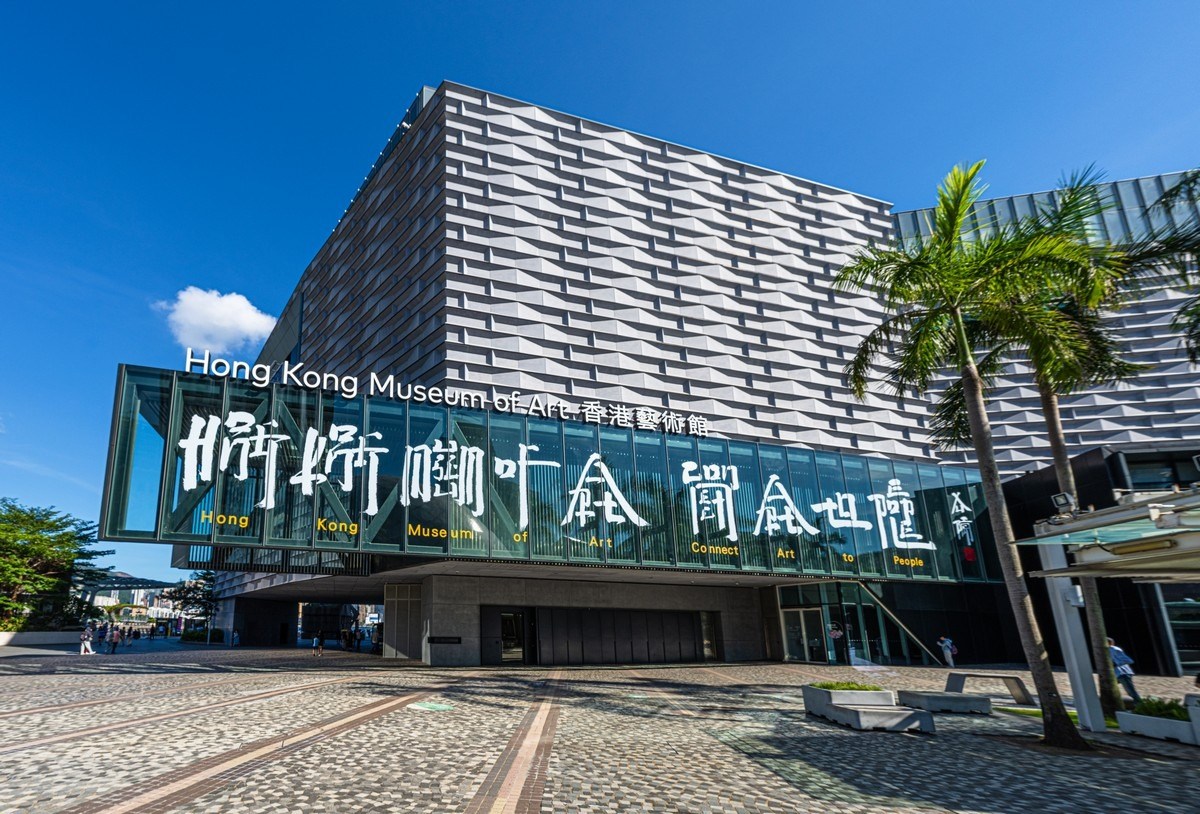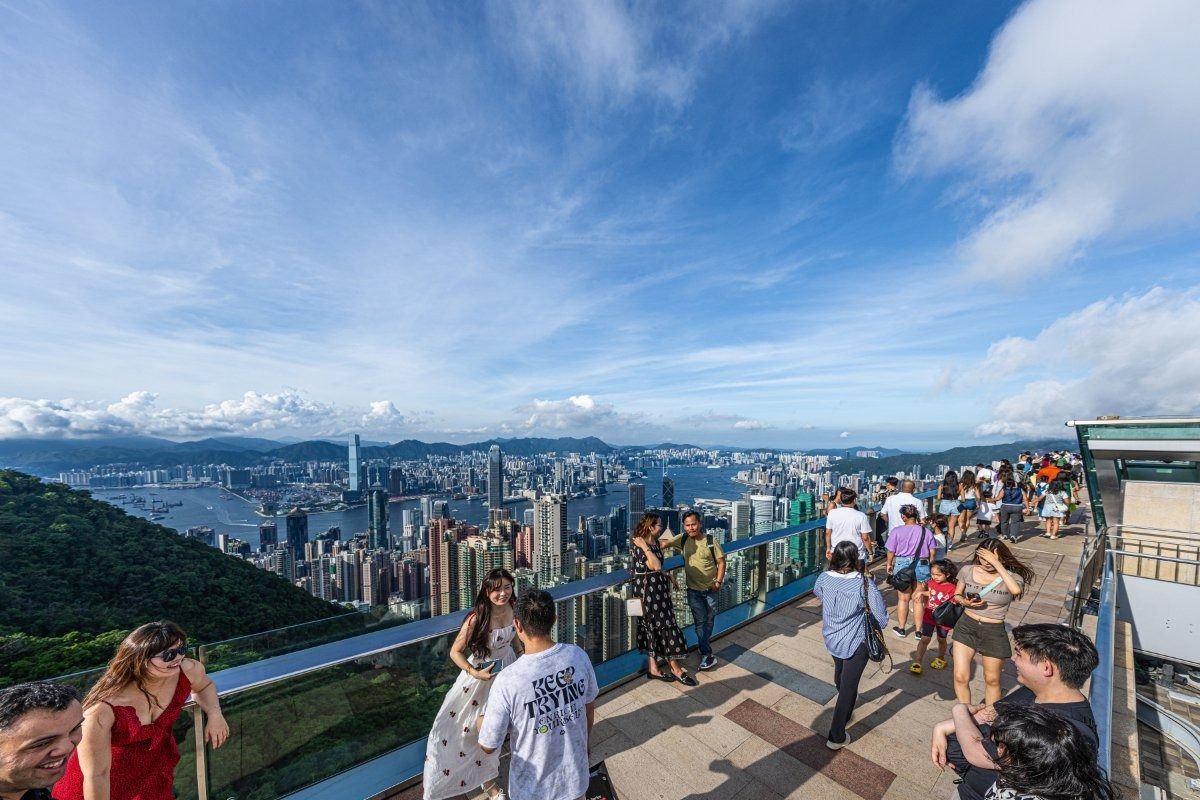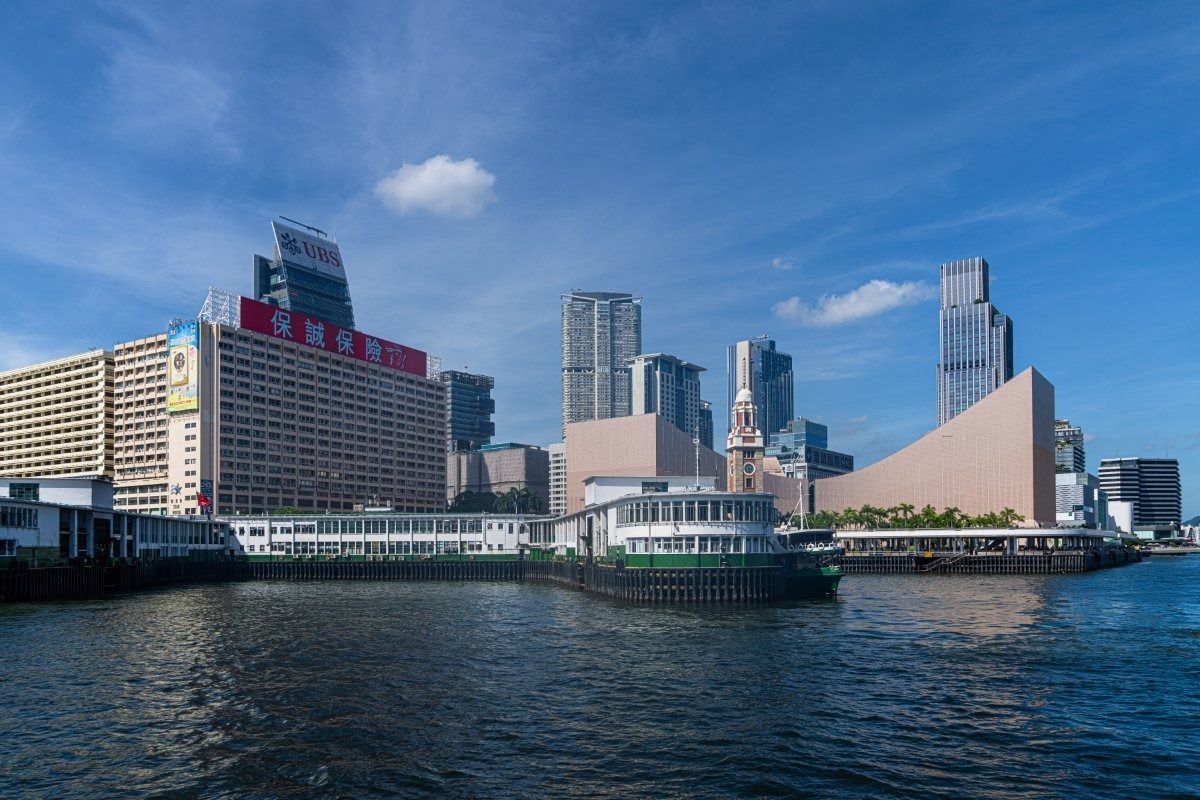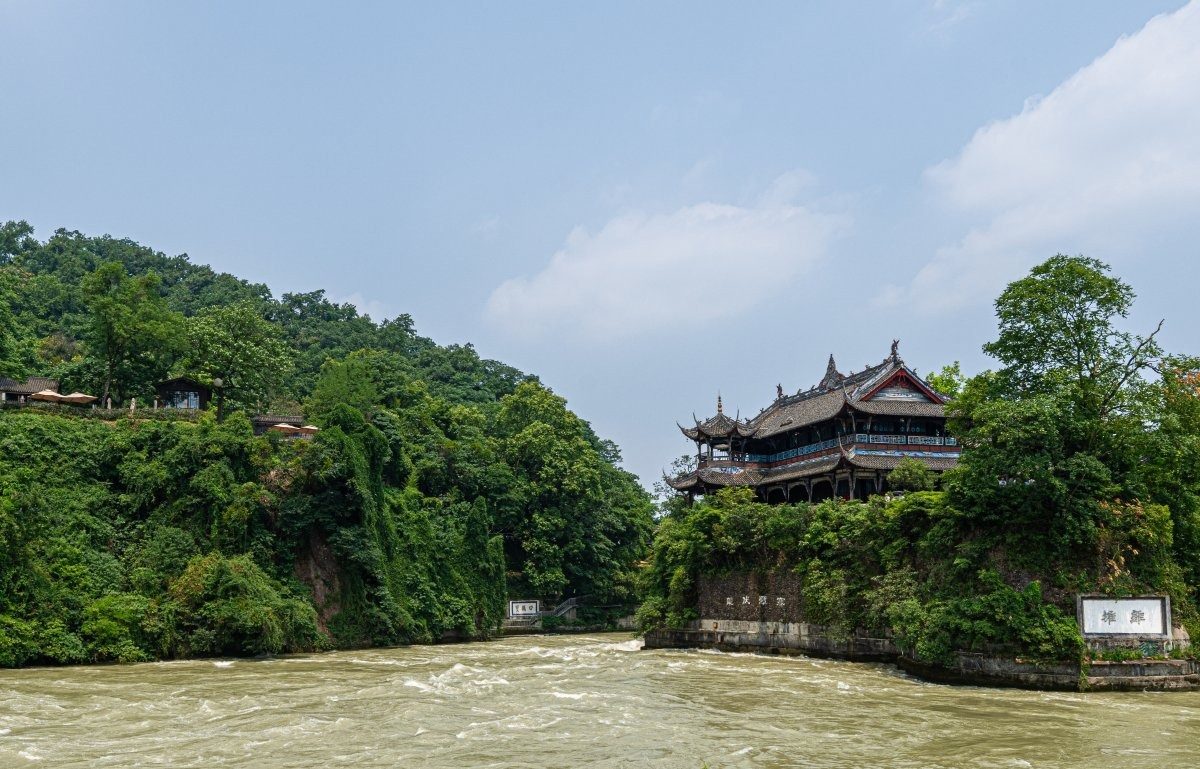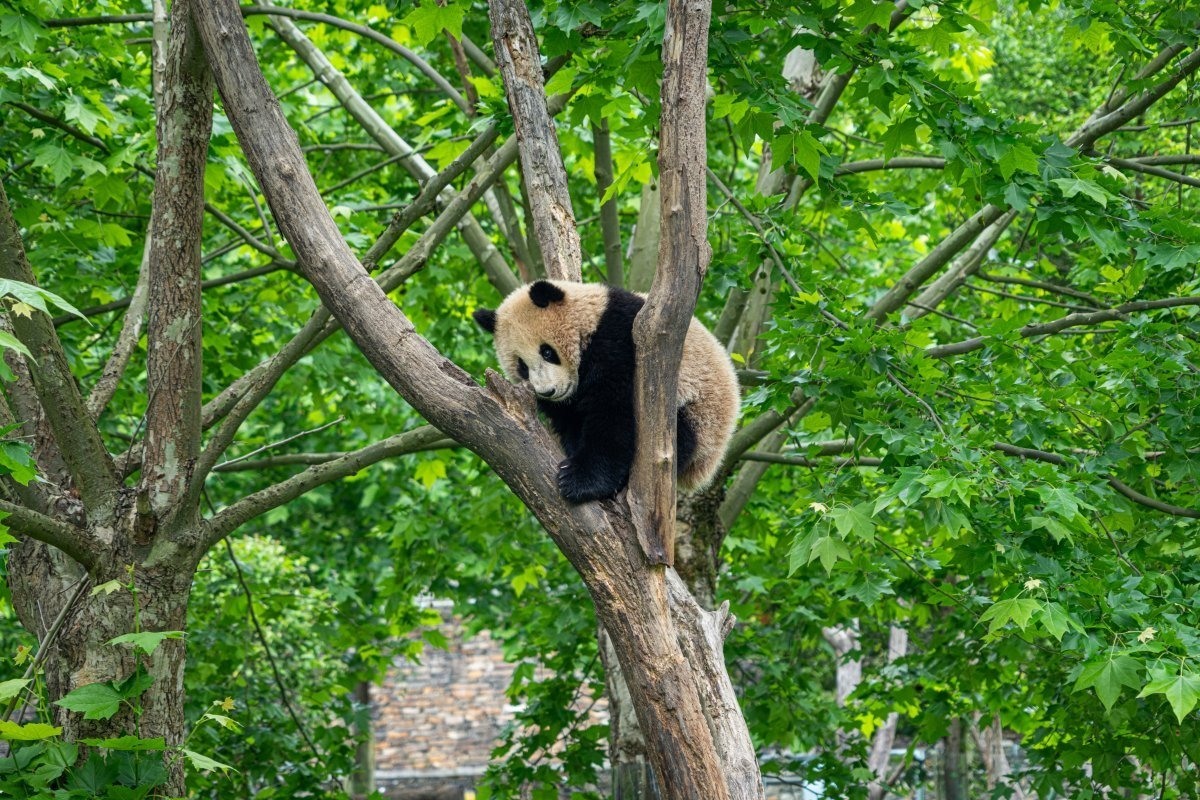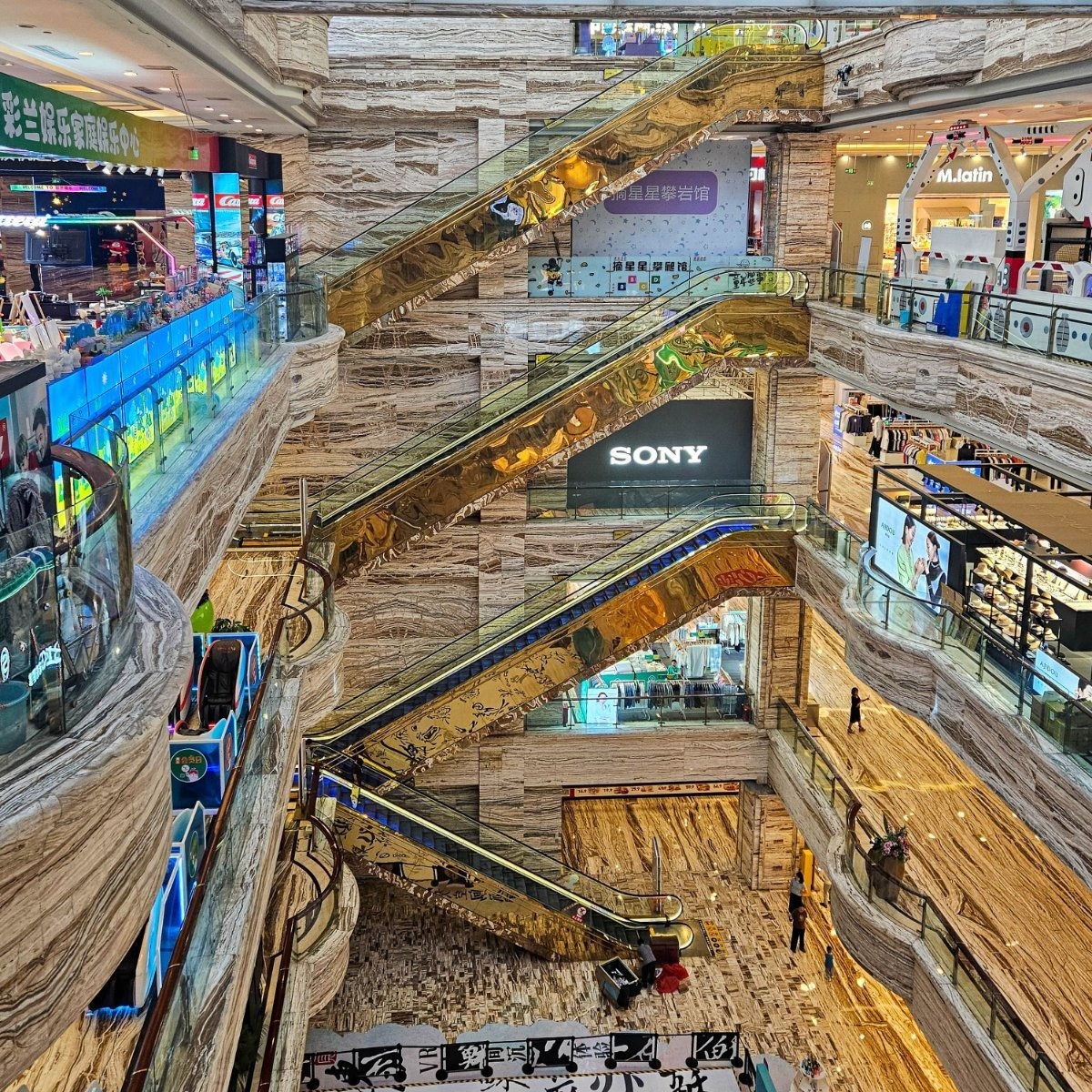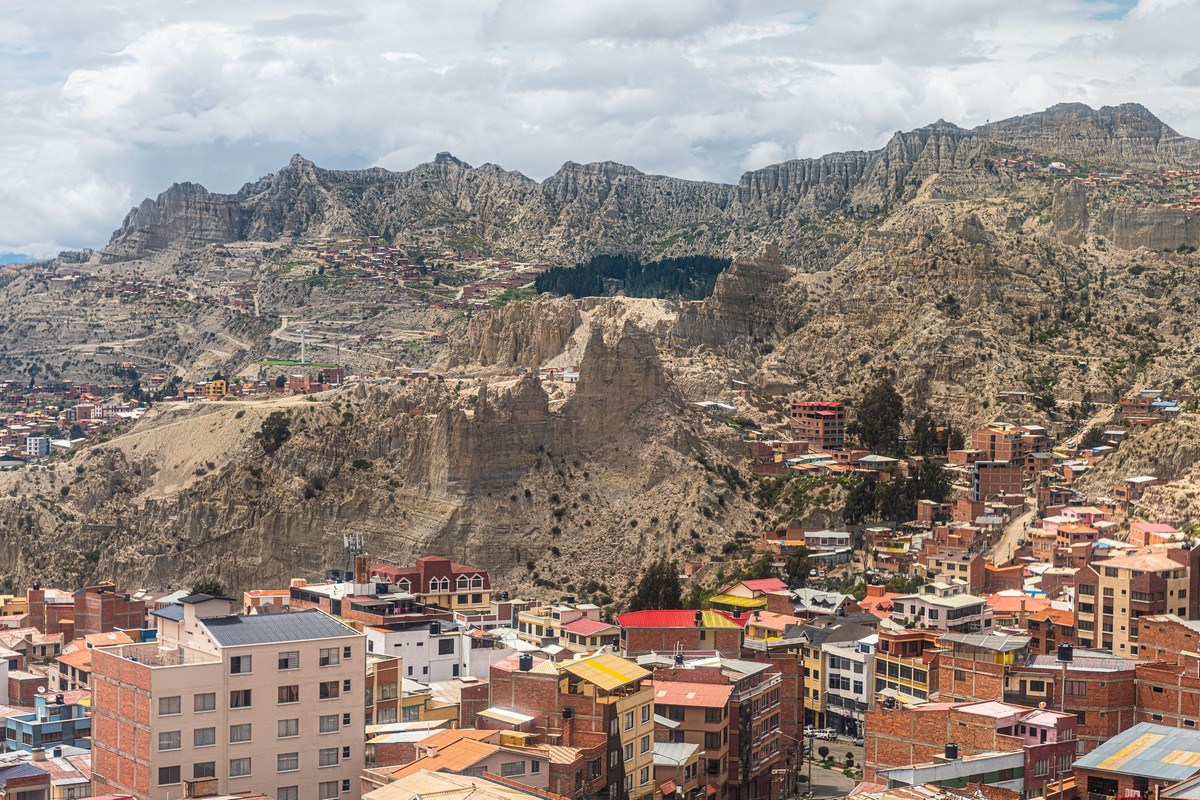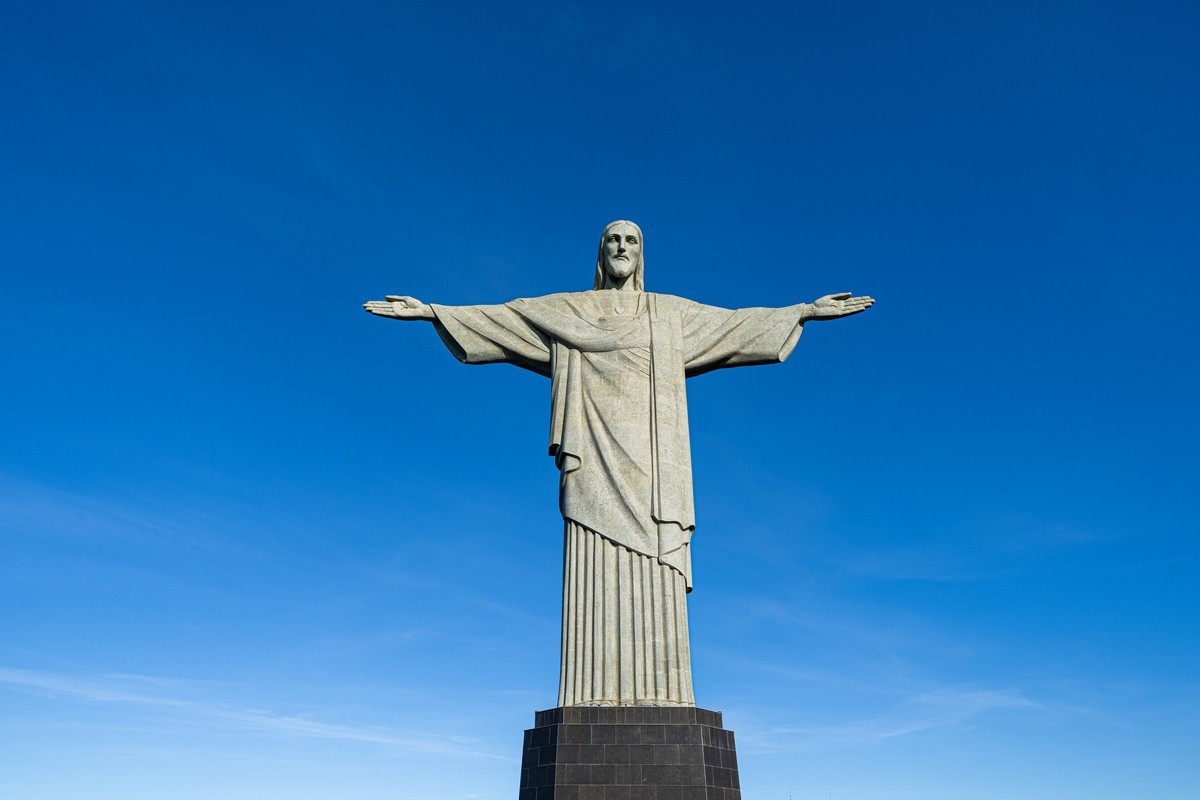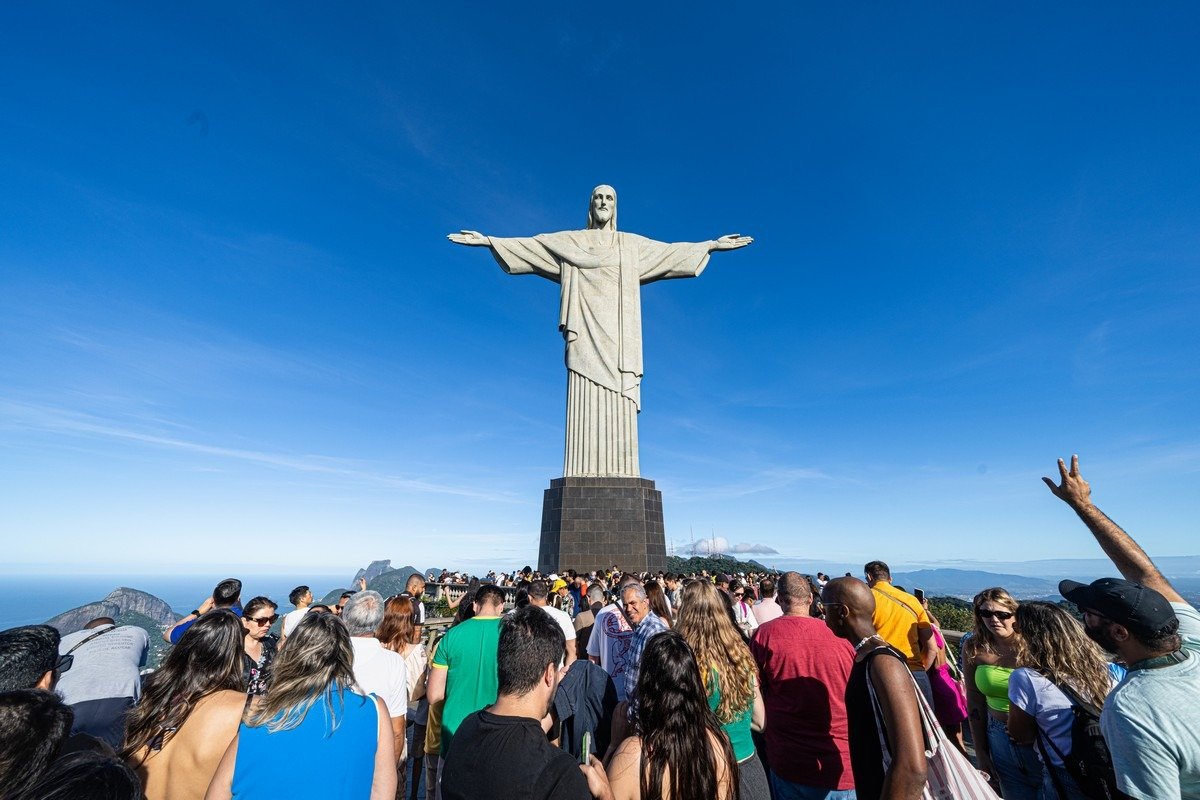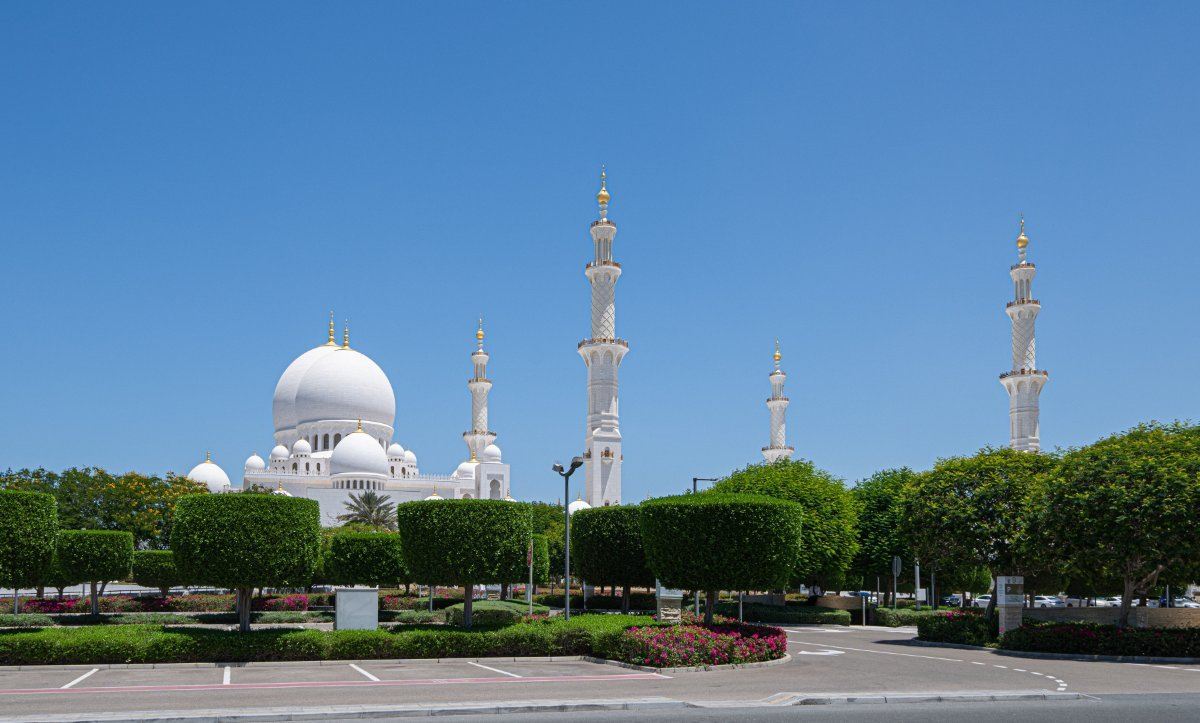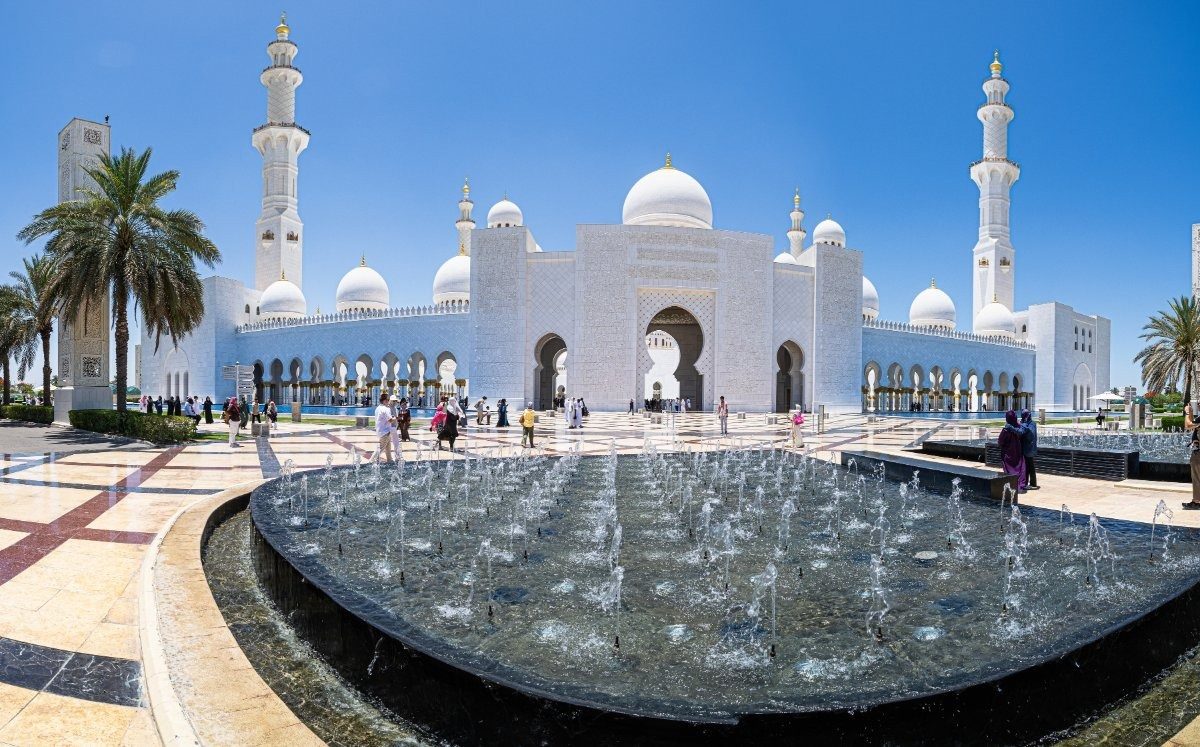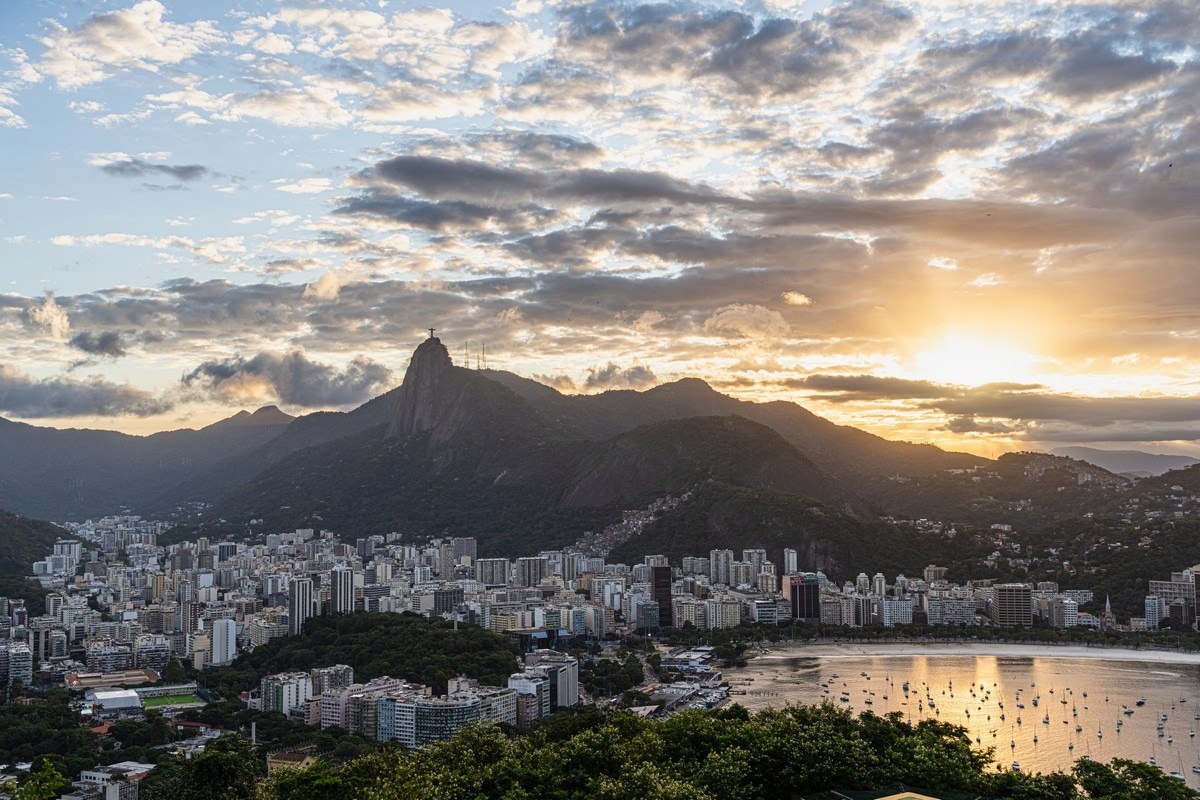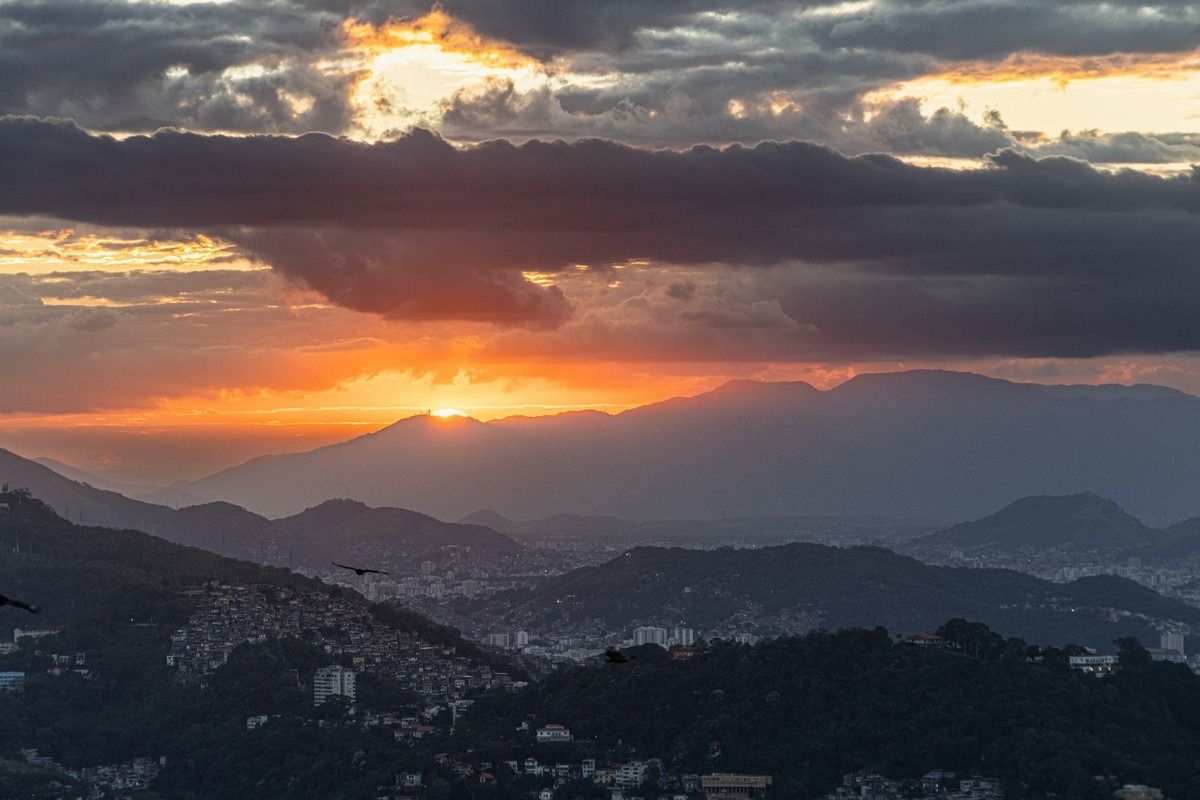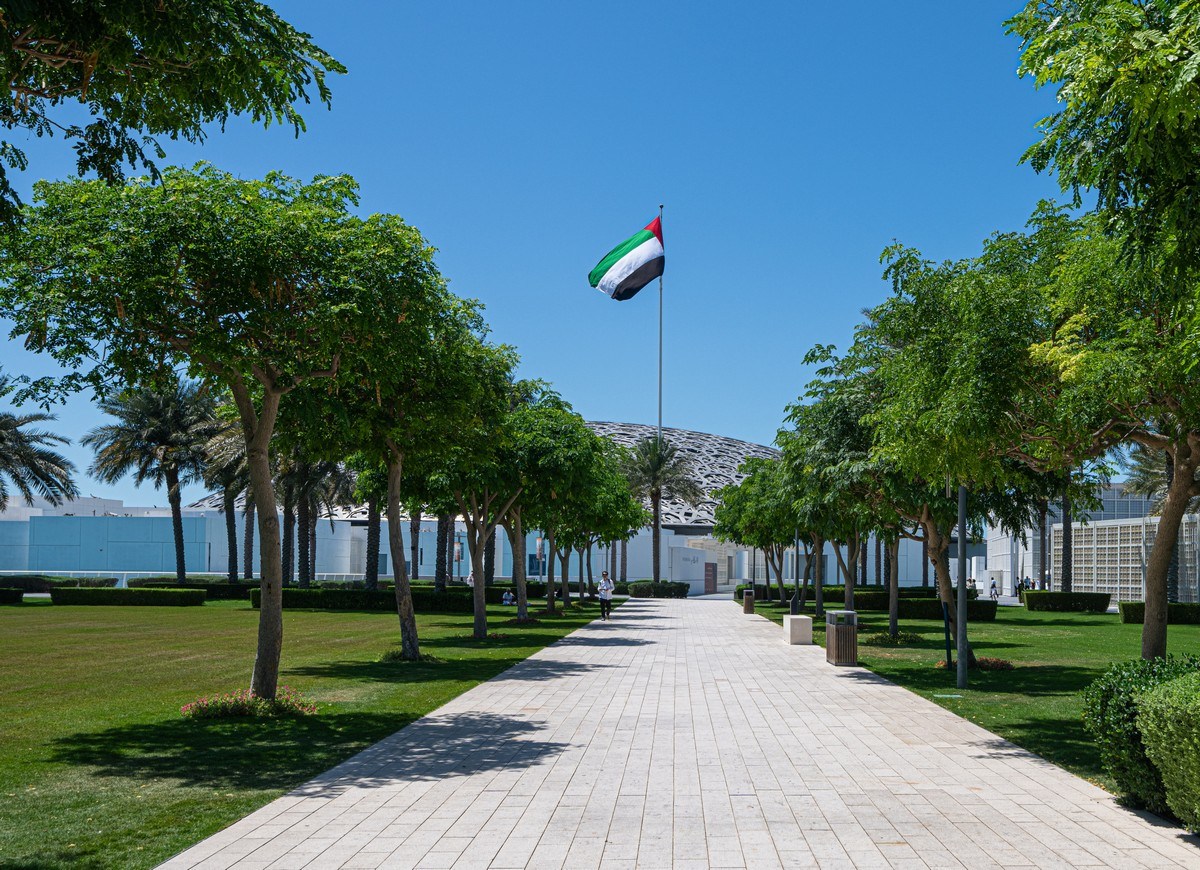July 1, 2025
Hong Kong’s museum exhibits – meager pickings (since most are still in London!).
Hong Kong. Must-see – by everyone – obviously. However, from the sightseeing-tourist point of view, there isn’t actually all that much to do: in just two nice-weather days you can take a ferry ride and get up to the Peak, check out Hong Kong’s Big Buddha (more on that later), take an evening boat ride (more on that later too), and stroll along the promenade – and that’s basically it: you’re just about done; well, that is – if you or the party you’re with aren’t shopaholics. Oh – but if you want to see the “other side” to Hong Kong – the one away from the tourist traps and the famous skyscrapers and the large digital screens – that’s a bit diferent, and for that you need a really good local guide.
I’ve been to HK plenty of times: according to my photo archive, this was my 13th trip. My first was way back in 2001, for a Virus Bulletin conference. (Woah: I thought Virus Bulletin was no more, but having just looked it up – turns out it’s still alive and kicking!) Wait – another mix-up: it wasn’t for the Virus Bulletin conference; it was for the AVAR conference.
Fast-forward to 2025, and Hong Kong’s Museum of Art made it clear all over again why there are so few tourist attractions in Hong Kong.
